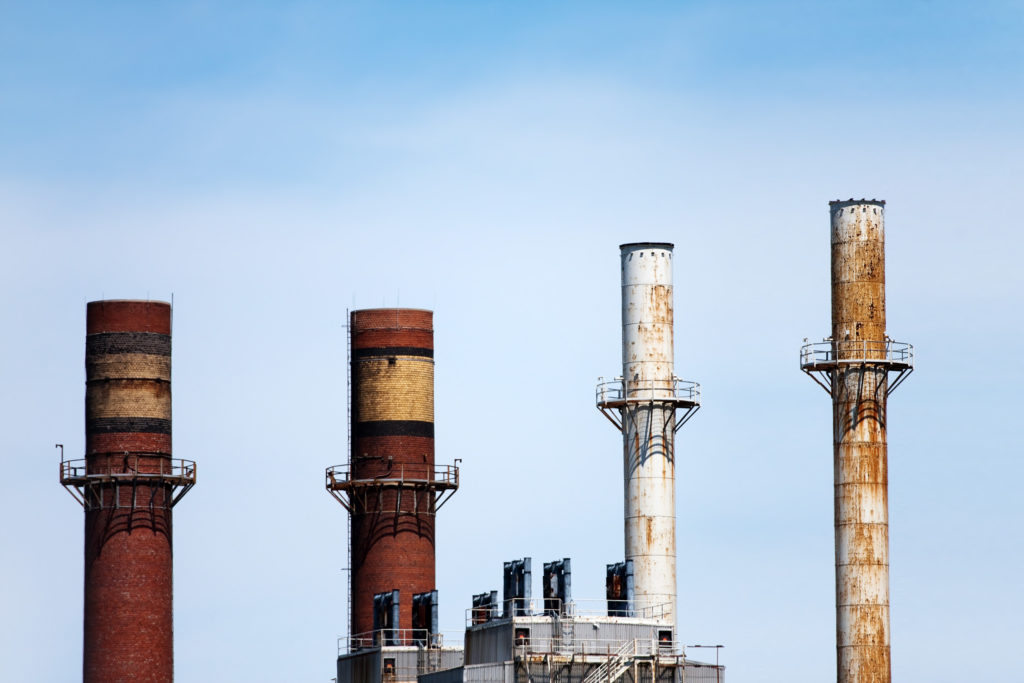
Photo via shutterstock
By Caitlin Peale Sloan and Max Greene
In July, Governor Malloy released a long-awaited Comprehensive Energy Strategy for Connecticut. While it shows Connecticut’s interest in cutting carbon pollution, this strategy will not help the state reach its clean energy goals. Instead, it would further Connecticut’s reliance on dirty gas and destructive gas pipelines.
What the state needs to do is revise this draft with a greater focus on renewable energy like wind and solar, with an eye towards energy efficiency, and with a stronger plan for getting electric cars and trucks on the road.
The Comprehensive Energy Strategy Is Supposed to Help Achieve Connecticut’s Climate Goals
The draft strategy has roots in Connecticut’s ambitious Global Warming Solutions Act (GWSA), passed in 2008. The GWSA does several things, such as mandate that Connecticut cut its carbon pollution to 10% below 1990 levels by 2020, and 80% below 2001 levels by 2050. CLF has used this law to argue against major new fossil fuel power plants in Bridgeport and Killingly, as these plants would add millions of tons of new carbon emissions each year. (And you can’t reduce emissions when you’re building plants that increase them.)
Knowing that reaching these goals would take work, in 2011 the state passed a law that overhauled the way it approached energy policy, and mandated that its Department of Energy and Environmental Protection (DEEP) create a comprehensive energy plan. This plan had to consider energy efficiency, renewable energy, and emissions reductions. The initial plan – called a “Comprehensive Energy Strategy,” or CES – was released in 2013. The plan released in July was a much-needed update to the initial strategy.
Unfortunately, the CES Still Relies Too Much on Dirty Fossil Fuels
The original CES aimed to reduce both energy costs and Connecticut’s dependence on fossil fuels. It recognized that the rapid development of clean energy helps families and businesses in Connecticut, and offered natural gas as a bridge to a clean energy future.
Unfortunately, the 2013 CES promptly drove off the bridge by pushing for a dramatic expansion of natural gas infrastructure. CLF has shown time and again that buildout of this infrastructure will only extend the use of fossil fuels for decades beyond when they need to be phased out, and will stick the public with the billion-dollar costs of unnecessary pipelines.
This 2017 update is poised to continue these mistakes by deepening Connecticut’s reliance on dirty gas. According to the draft CES, Connecticut’s electric, residential, and commercial sectors are together responsible for roughly half of the state’s carbon emissions. That means we need to move them off of dirty fossil fuels and onto clean, local alternatives now, not later.
But instead, the plan suggests deepening these sectors’ reliance on climate-polluting natural gas, a misguided move that will make it impossible for Connecticut to reach its 2050 emissions goal — even if all other sectors (including transportation, industrial, waste, and agriculture) in the state eliminate emissions entirely.
The CES Supports Clean Energy — But Can, and Must, Do More
But it’s not all bad. The draft includes some positive elements that should help Connecticut reduce emissions going forward. For instance, it calls for the state to buy wind and solar energy. As well, it proposes the development of an “Electric Vehicle Roadmap” that would promote the adoption of electric cars and trucks, and it enhances access to clean transportation options like walking, biking, and public transportation. Additionally, the draft CES recognizes the role of energy efficiency in helping Connecticut meet its climate goals.
These are good, but they are not good enough. The final CES needs to build on these positive elements, and put greater emphasis on renewable energy like wind and solar, demand response and energy efficiency programs, and electric cars and trucks.
Connecticut Needs a Stronger CES that Focuses on Clean Energy
Connecticut has already pledged to meet the goals of the Paris Climate Accord, and this CES is an opportunity for them to turn their bold words into real action. The state can’t claim ignorance of the harmful climate change impacts already wracking the area. Climate change is an urgent issue in Connecticut and beyond, and almost 80% of people in Connecticut support regulating CO2 as a pollutant, understanding how bad it is for their future. It’s time and past for Connecticut to put binding laws on the books to reduce emissions, step away from polluting fossil fuels like oil and natural gas, and fight back against climate change.
CLF is urging the Malloy administration to follow through on its commitment to clean energy with a final CES that fully supports Connecticut’s transition to a strong, zero-carbon economy. And we look forward to working with DEEP to do so.
If you live in Connecticut, you’re also invited to weigh in with written comments for September 25, and make your voice heard at upcoming public meeting. Together, we can get our state ready for the future.



